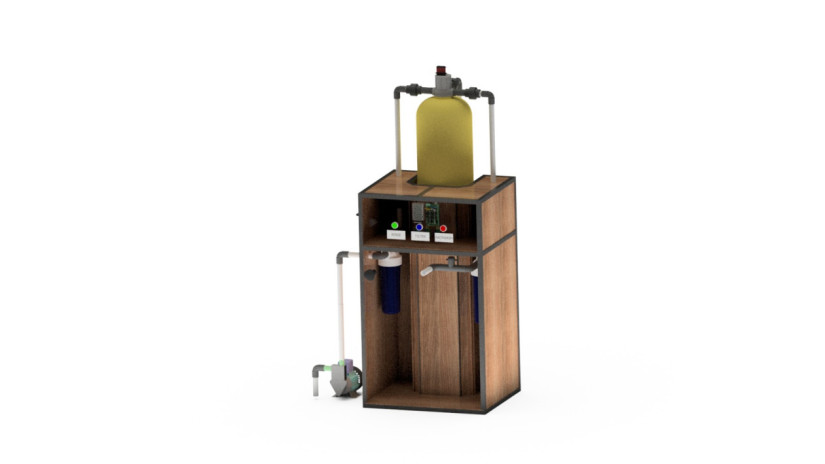
Five UGM students have developed a water filtration device based on the Internet of Things (IoT) to reduce iron content in groundwater.
“This device was created to address the public’s concerns about clean water. Moreover, users can monitor filtration from relatively remote locations,” team leader Irfan Alauddin said on Friday (October 13) at UGM.
Alauddin, a UGM Mechanical Engineering Technology student, explained that the development of the device began with his and the team’s concern for the issues faced by the local community, especially in Bantul, Yogyakarta Special Region.
Many residents have complained about foul-smelling, cloudy water. One contributing factor is the high iron content.
Out of concern, Alauddin and his four colleagues, Mohammad Wildan Kholilulloh (Mechanical Engineering Technology), Nugroho Andri Kurniawan (Mechanical Engineering Technology), Novy Pratama Andriani (Heavy Equipment Management and Maintenance Engineering), and Wahyu Hendaryati (Instrumentation and Control Engineering Technology), sought a solution by creating a water filtration device to address this issue.
The device was developed under the guidance of Dr. Lilik Dwi Setyana, with funding from the Ministry of Education and Culture’s Student Creativity Program for Innovative Work in 2023.
Alauddin explained that filtration involves iron angles, pipes, plywood, filter tubes, valve tubes, and supporting sensors.
The process consists of three main working principles: the filtration process, followed by backwashing, and then rinsing. The backwashing and rinsing processes serve as preventive maintenance for the filter product.
“It consists of three working principles: filtration, backwash, and rinse. Backwash and rinse are maintenance processes for the product,” added Wildan Kholilulloh.
In addition to remote monitoring, Kholilulloh explained that the device’s advantages include automatic operation, which can significantly help users.
Nugroho Kurniawan added that the device also benefits from the Internet of Things (IoT), which allows it to be monitored remotely and operated automatically, thus assisting users.
Author: Ika

